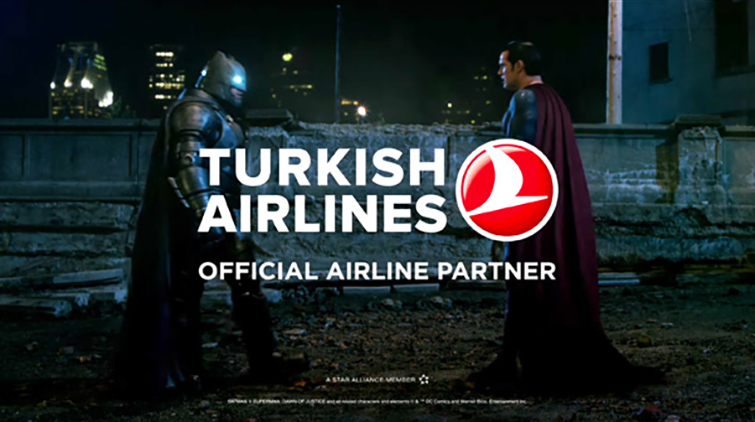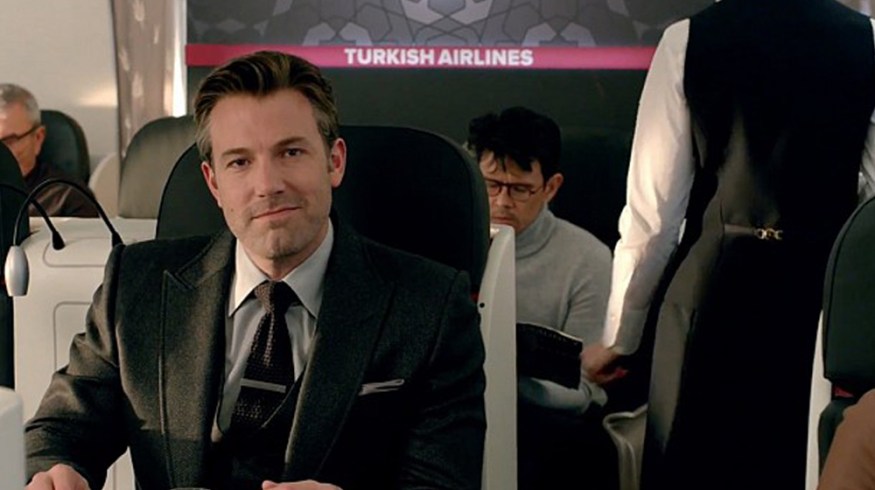
The Evolution of Product Placement in Film
Fire up your Apple MacBook Pro, pop open an ice-cold Pepsi Cola, and learn all about the evolution of product placement in film.
Top image via Turkish Airlines
It’s A Bird! It’s A Plane! Yup, It’s Definitely a Plane. I’ll admit to this: I had never heard of Turkish Airlines until Batman v Superman: Dawn of Justice. Now, as the film heads into theaters, I can’t think of anything else but Turkish Airlines. (I wasn’t paid by Turkish Airlines to write this.)
Turkish Airlines went to incredible lengths with their insanely multi-layered product placement. You can go to the Turkish Airlines website and choose both Gotham City and Metropolis as destinations. Not only that, you can buy travel guides, apply for travel insurance, and a fake work VISA.
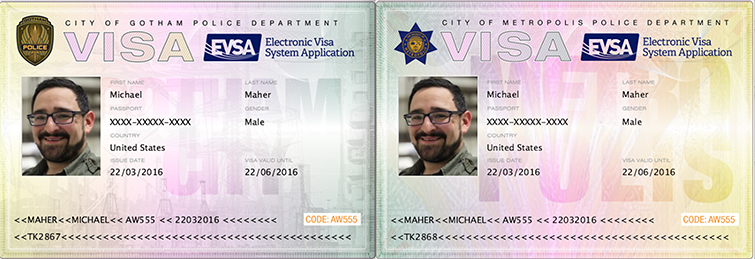
Image: Work VISA via Turkish Airlines
Here’s the issue with all of this: it’s super weird. Usually these type of viral promotions are handled by the studio — but in this instance, it falls under the advertiser. How did we get to this point? Let’s take a look at the evolution of product placement.
A Brief History of Product Placement in Film
One of the earliest documented cases of product placement comes from 1920’s The Garage, starring Fatty Arbuckle and Buster Keaton. A sign for Firestone tires was on the wall of the auto shop, but Red Crown Gasoline was featured constantly on the walls and equipment.
It was never officially announced if Red Crown Gasoline paid for the placement, but its constant appearance caught enough attention to cause some controversy.
The first Academy Award-winning film to feature product placement was Wings in 1927. The film featured several shots of Hershey’s chocolate bars, as well as several scenes with actors eating the candy.

Images via Business Pundit
This was Hershey’s first appearance on the silver screen, but it certainly wouldn’t be the company’s last. In the 1980s, Hershey made a blockbuster deal for Reese’s Pieces to be the candy of choice for E.T. the Extra-Terrestrial; the candy giant paid $1,000,000 in tie-ins and cross-promotional advertising. The script actually called for M&M’s, but parent company Mars, Inc passed on the deal.
Within two weeks of the film’s release, Reese’s Pieces sales more than doubled.

Images: E.T. via Amblin Entertainment, Reese’s Pieces via Collecting Candy
After the success of E.T., product placement became big business. Corporate giants started fighting for placement in the biggest blockbusters.
Exxon paid $300,000 for its name to appear in Days of Thunder. Pampers paid $50,000 to be featured in Three Men and a Baby, and Cuervo Gold spent $150,000 for placement in Tequila Sunrise, according to Danny Thompson, president of Creative Entertainment Services, in a 1993 New York magazine interview.
As for how effective the practice of product placement is, that same article quotes Joel Henrie, a partner at Motion Picture Placement, as saying: “Look what happened to Hermes scarves after Basic Instinct, Ray-Ban sunglasses after Risky Business, and suspenders after Michael Douglas wore them in Wall Street.” — Snopes
Three Types of Product Placement
Traditionally there have been three main types of product placement; screen placement, script placement, and plot placement.
1. Screen Placement
Screen placement uses a product in the foreground or background of a shot. The product is not mentioned by name, but does garner some decent screen time.
Director Michael Bay is a master of using screen product placement in his films. He currently holds the record of featuring 55 different brands in Transformers: Age of Extinction, a film already based on a product itself. In this video, you will see 50 seconds of Bud Light products without the product being mentioned. The Beats Pill is an example of script placement.
2. Script Placement
Script placement literally puts a product in the script, where a character in the film will mention the product by name. Example: Marty McFly orders a Pepsi in the Back to the Future Part II.
3. Plot Placement
Plot placement makes a product a part of the film. These are products that are always connected to characters, like the many gadgets of James Bond. Aston Martin has been a huge part of the Bond franchise for decades. Even the latest installments feature classic and new Aston Martin cars.
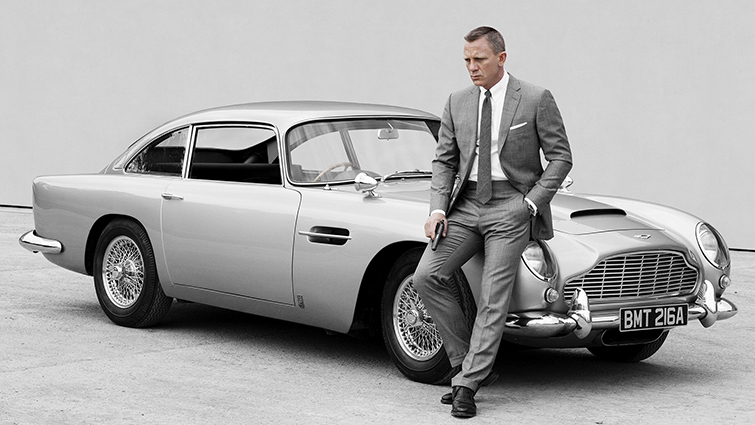
Image via Screen Rant
The Blockbuster Deals of Marsha R. Levine
The Turkish Airlines product placement in Batman v Superman: Dawn of Justice will end up being a record breaking tie-in, even though official numbers have not been released. The sponsorship actually transcends the three types of product placement.
Not only will the airline receive screen time in the film, they also scored original commercials starring actors Ben Affleck and Jesse Eisenberg. Not only that, they scored a promotional piece with director Zack Snyder talking about the benefits of the sponsorship. On top of all of that, the original commercials premiered as TWO SEPARATE SUPER BOWL ADS! THAT IS CRAZY! A deal like that just doesn’t happen everyday.
The Batman v Superman placement was managed by Marsha R. Levine of A List Entertainment. While her name may not ring a bell, I guarantee you know her work. Some of her biggest product placements were for Duracell in The Matrix, Dr. Pepper in Spider-Man, Sennheiser in The Departed, and 7UP in Friends.
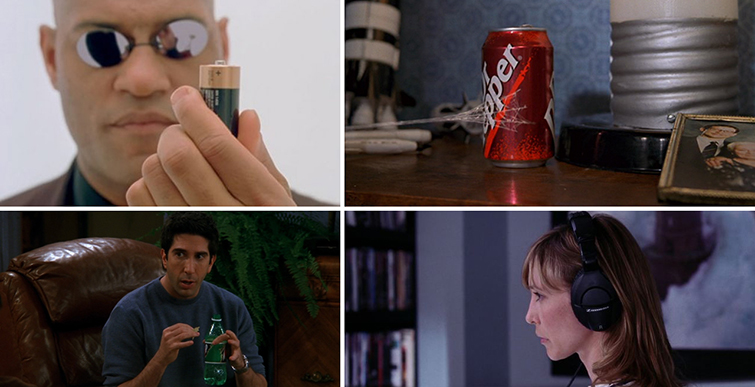
Images via A List Entertainment
Does Product Placement Work?
Absolutely! While there can be negative backlash (like Spider-Man using Bing as his search engine of choice), most product placement can go unnoticed. Many audience members actually prefer to see real products rather than fake brands. In the end, it also benefits the movie itself by bringing in extra money for production or advertising.
Even television studios are pushing product placement like never before. Shows that have made their way into syndication now feature digital product placement. Products are added to the show years after the show aired.
Personally, I now know more about Turkish Airlines than ever before. The product placement was so great at establishing a real company in this cinematic reality. It’s almost as great as the music found on PremiumBeat.com. PremiumBeat has an amazing catalog of music and SFX. Be sure to visit PremiumBeat.com for all your music needs.
Finally, I’ll leave you with one of my all time favorite uses of product placement: the wonderfully meta use in Wayne’s World.
What product placement stands out in your mind? Let us know in the comments below.



